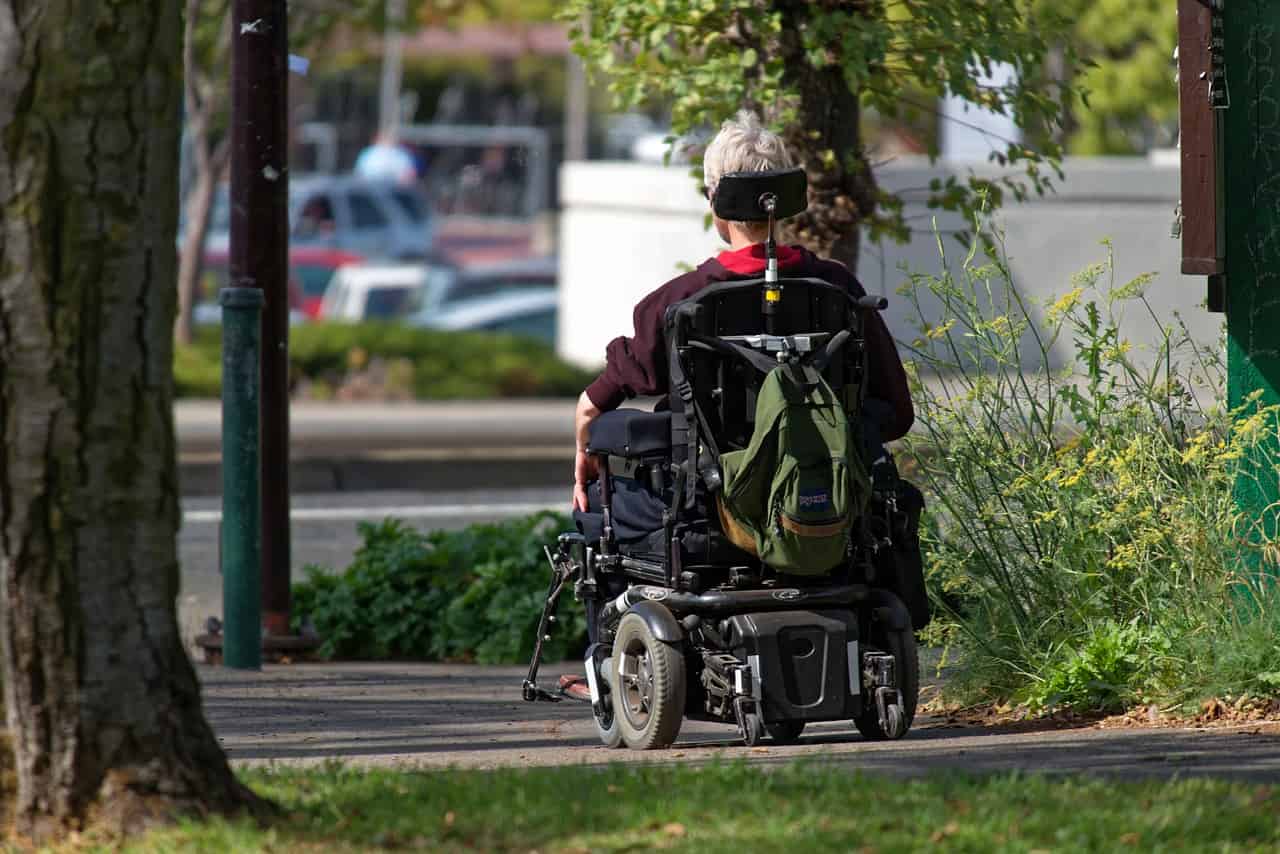
In a remarkable stride forward for neuroscience and artificial intelligence, researchers from UC San Francisco and UC Berkeley have developed a brain-computer interface (BCI) that enables a paralysed woman to communicate through a digital avatar. The system decodes brain signals into synthesized speech and facial expressions, significantly enhancing the communication abilities of paralysed individuals.
- A brain-computer interface (BCI) enabled a paralysed woman to communicate through a digital avatar;
- The research demonstrates the system’s ability to convert signals into text at a rate of almost 80 words per minute, three times faster than previous technologies;
- Future goals include creating a wireless version of the BCI to further enhance user independence and social interactions in paralysed individuals.
Revolutionising Communication for Paralysed Individuals
The groundbreaking BCI technology and research, published in Nature, offers a new dimension of communication for paralysed individuals. It allows them to express themselves not only through synthesized speech but also through facial expressions on a digital avatar. By decoding brain signals and transforming them into these outputs, the system goes beyond the capabilities of existing technologies that solely focus on speech.
The digital avatar created by the researchers is more than just a conduit for speech. It is personalised to the user, with a voice that mirrors the individual’s pre-injury voice. Facial animations are also driven by software that interprets the brain’s signals for various expressions. This level of personalisation helps to restore a sense of self and identity that is often compromised in individuals with severe paralysis.
A New Benchmark in Speed and Accuracy
The BCI developed by the team at UC San Francisco and UC Berkeley is not only revolutionary in its approach but also in its performance. It deciphers brain signals at a rate of nearly eighty words per minute, surpassing commercially available technology. This impressive speed, combined with an extensive vocabulary, takes a giant leap towards facilitating normal conversations for paralysed individuals.
The system’s accuracy is another noteworthy achievement. The computer recognizes phonemes, the sub-units of speech, rather than whole words, which enhances both speed and accuracy. It is capable of learning 39 phonemes, allowing it to decipher any word in English. This method makes the system three times faster and more accurate than previous technologies.

Steps Towards an FDA-Approved Speech Restoration System
While the research breakthrough is significant, the team’s ambitions extend further. Edward Chang, MD, chair of neurological surgery at UCSF, envisions this development as a stepping stone towards an FDA-approved system for speech restoration from brain signals. Additionally, the researchers aim to create a wireless version of the BCI, which would offer users more independence and ease of social interaction.
The significance of this research and its potential impact on the lives of paralysed individuals cannot be overstated. The ability to communicate more naturally and effectively could greatly enhance their quality of life. However, the path to an FDA-approved, user-friendly BCI that can be used at home without extensive training is long and fraught with challenges.
Challenges and Future Directions
Despite the promising results, it is important to note that the technology is not yet ready for widespread use. The studies highlighted a number of challenges, including the invasiveness of the brain implants, the lengthy training sessions required for algorithm calibration, and error rates that indicate the need for further research and development.
The system currently requires a wired connection to an external device, and the electrodes implanted in the brain could potentially degrade over time. Additionally, the technology needs to be adaptable to different individuals and user-friendly enough for home use. The research also highlighted the necessity for rigorous vetting and the creation of permanent solutions.
Yet, the potential benefits of this technology are enormous. If these challenges can be overcome, and the technology can be safely and widely implemented, it could revolutionise communication for individuals with severe paralysis. The next goal for researchers is to expand the database of data from other people to improve the algorithms’ performance and adaptability.


